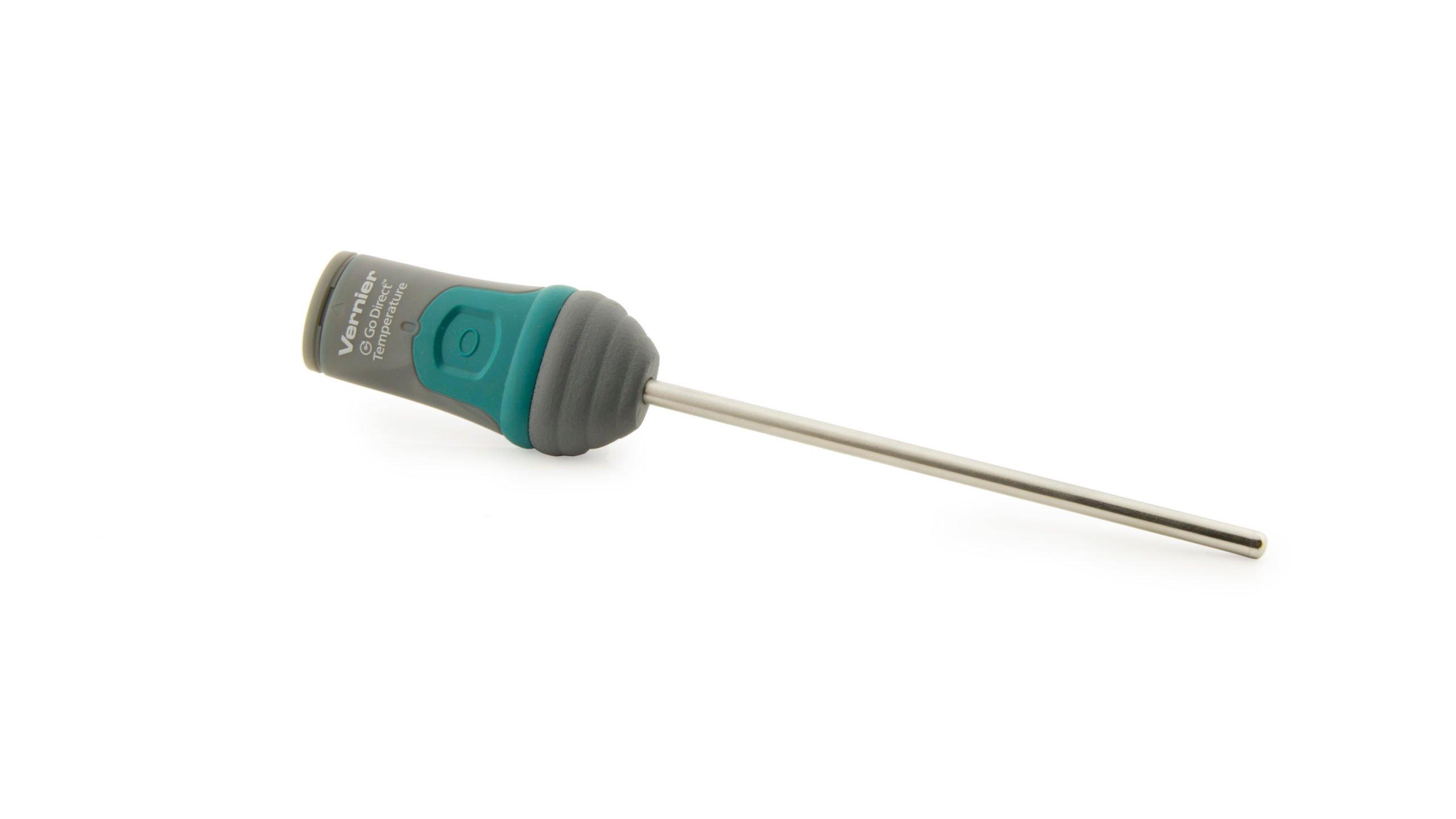
Introduction
If an acid is added to a base, a chemical reaction called neutralization occurs. An example is the reaction between nitric acid, HNO3, and the base potassium hydroxide, KOH.
Neutralization produces a salt and water. KNO3 is the salt in the above reaction. Heat energy is generally released, and the amount of heat released depends upon the properties of the acid and the base. Temperature measurements, made with a Temperature Probe, can be used to study the heat effects of neutralization.
Objectives
In this experiment, you will
- Use conductivity to determine the strengths of acids and bases.
- Use litmus paper to distinguish acids and bases.
- Measure temperatures of reactants and products of neutralization reactions.
- Study the relationship between acid and base strength and heat released during neutralization.
Sensors and Equipment
This experiment features the following sensors and equipment. Additional equipment may be required.
Ready to Experiment?
Ask an Expert
Get answers to your questions about how to teach this experiment with our support team.
- Call toll-free: 888-837-6437
- Chat with Us
- Email support@vernier.com
Purchase the Lab Book
This experiment is #6 of Physical Science with Vernier. The experiment in the book includes student instructions as well as instructor information for set up, helpful hints, and sample graphs and data.





